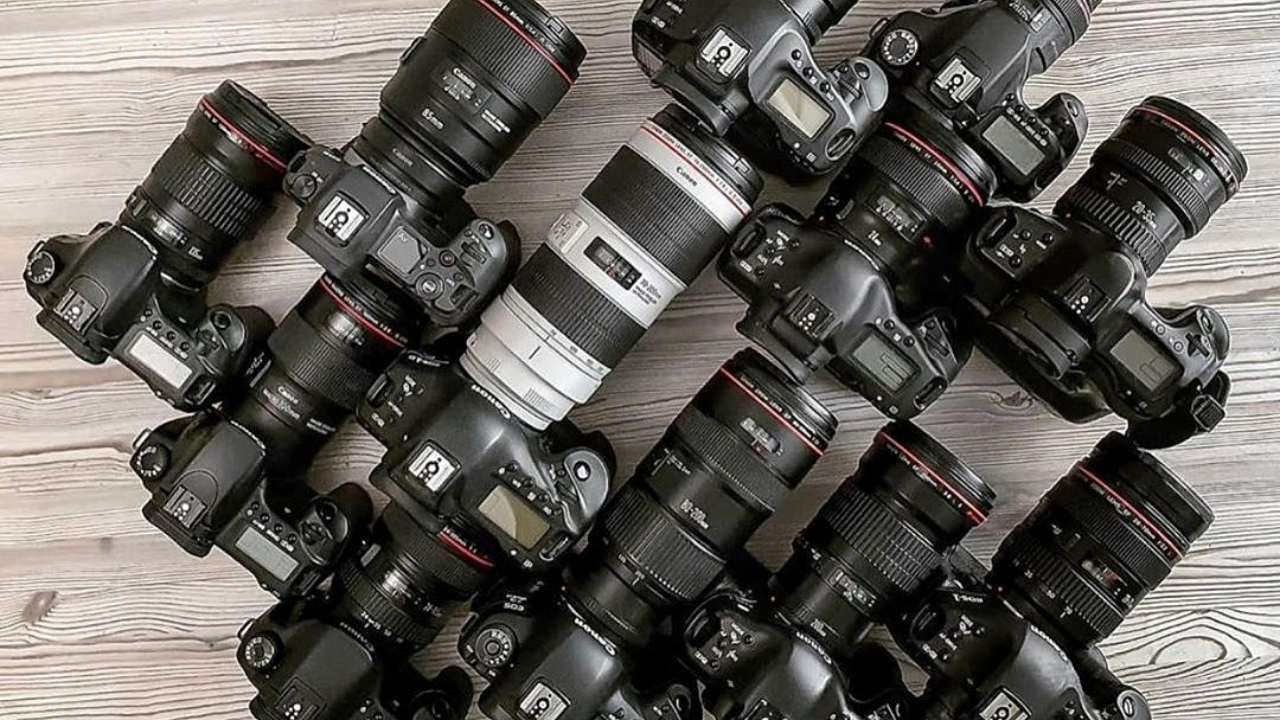5 Jenis Kamera Digital Terbaik dan Trend Ditahun ini – Kamera digital adalah perangkat elektronik yang digunakan untuk menangkap gambar […]
5 Tips Belajar Fotografi Supaya Dapat Hasil yang Estetik
5 Tips Belajar Fotografi Supaya Dapat Hasil yang Estetik – Belajar fotografi adalah proses menguasai seni dan teknik mengambil gambar […]
4 Peralatan Fotografi Wajib Pemula Punya, Mau Tau Apa Saja?
4 Peralatan Fotografi Wajib Pemula Punya, Mau Tau Apa Saja? – Pemula dalam suatu fotografi adalah seseorang yang baru memulai […]
Tips Street Photography: Definisi, Teknik Dasar, dan Peralatannya
Tips Street Photography: Definisi, Teknik Dasar, dan Peralatannya – Street photography adalah seni fotografi yang fokus pada pengambilan gambar yang […]
Tips dan Trik Bagaimana Cari Cuan Melalui Fotografi, Caranya?
Tips dan Trik Bagaimana Cari Cuan Melalui Fotografi, Caranya? – Fotografi adalah seni dan praktik mengambil dan menciptakan gambar yang […]









